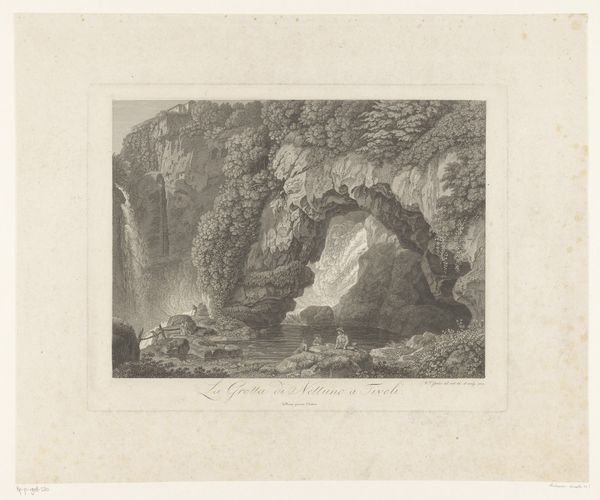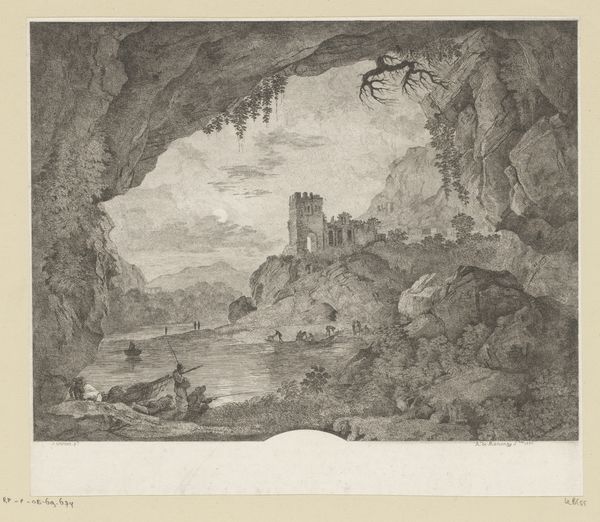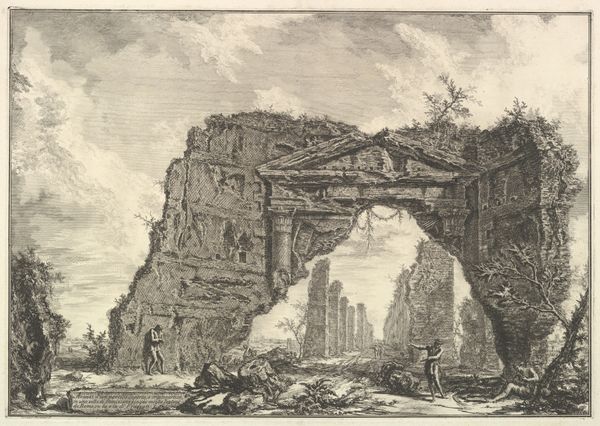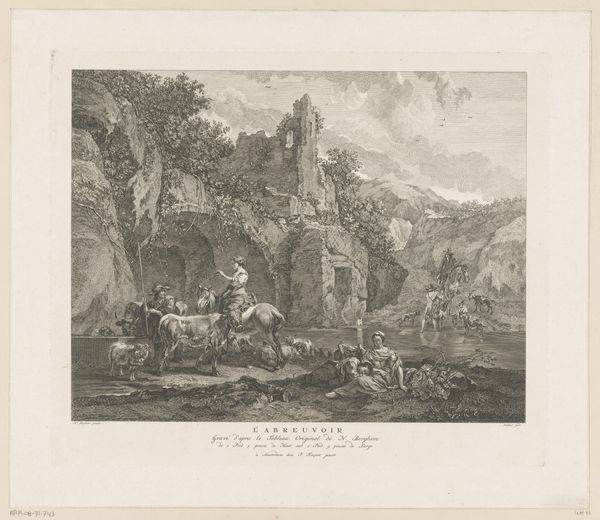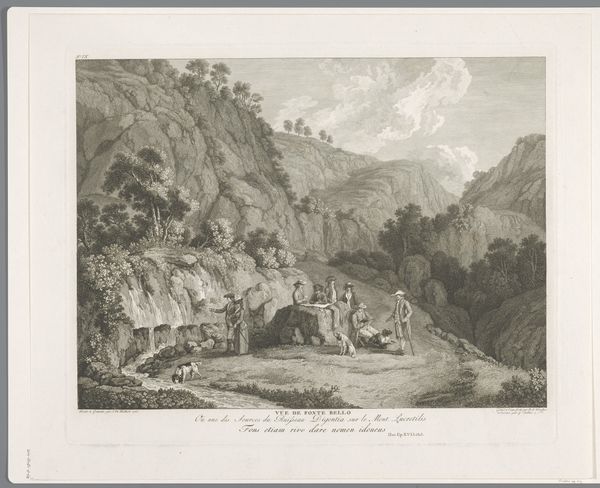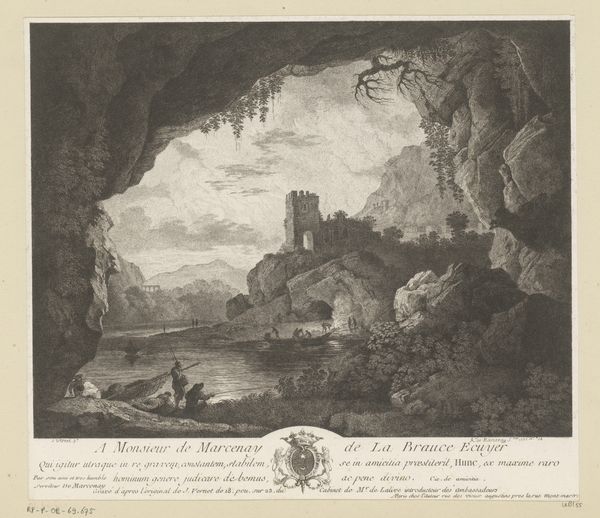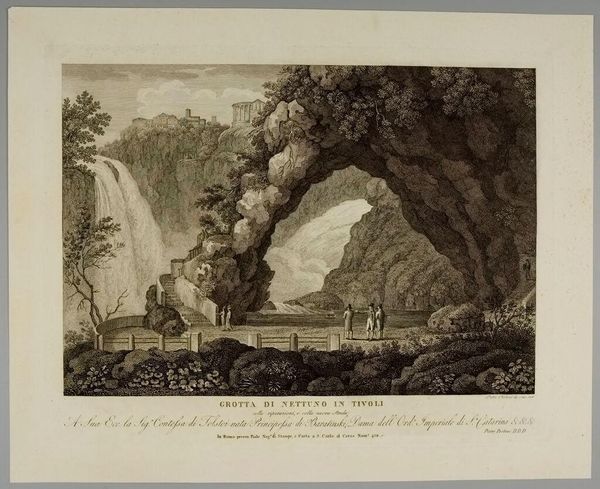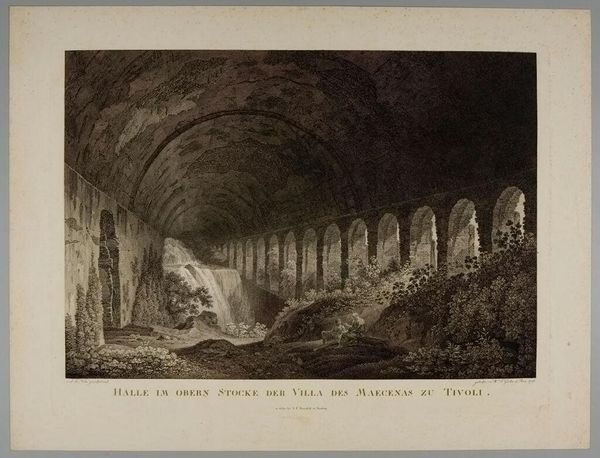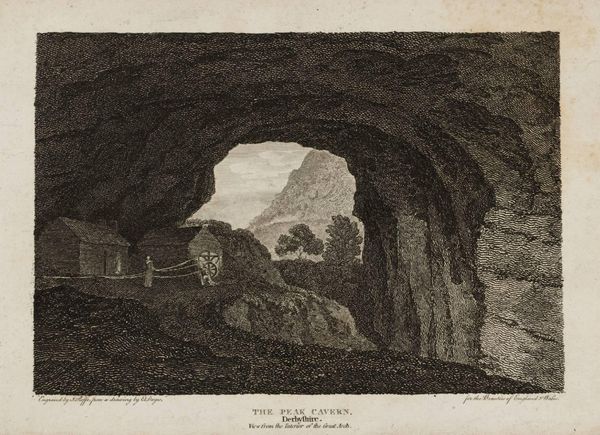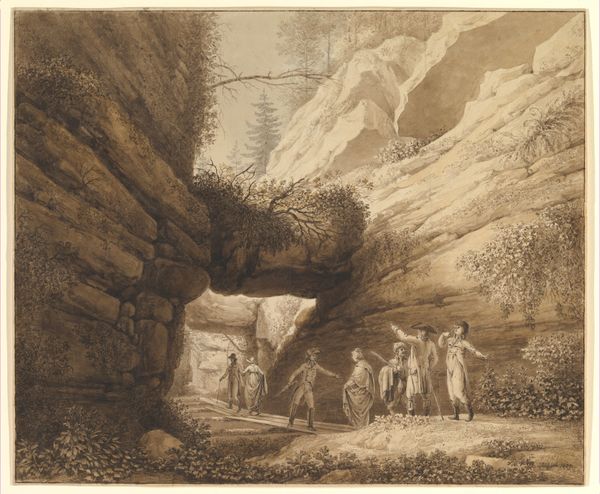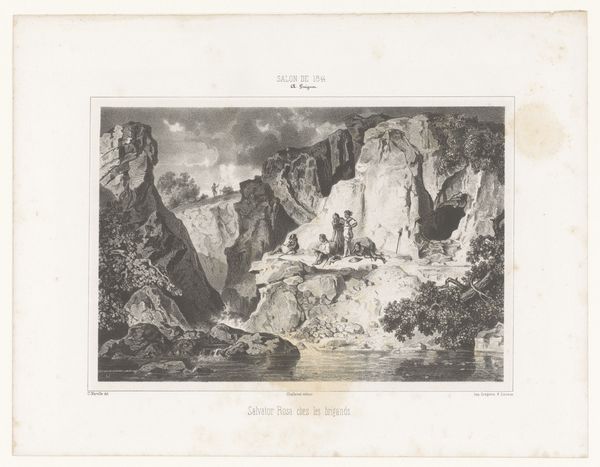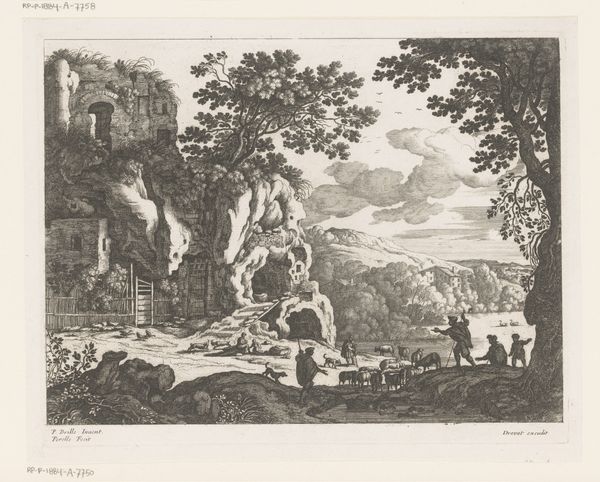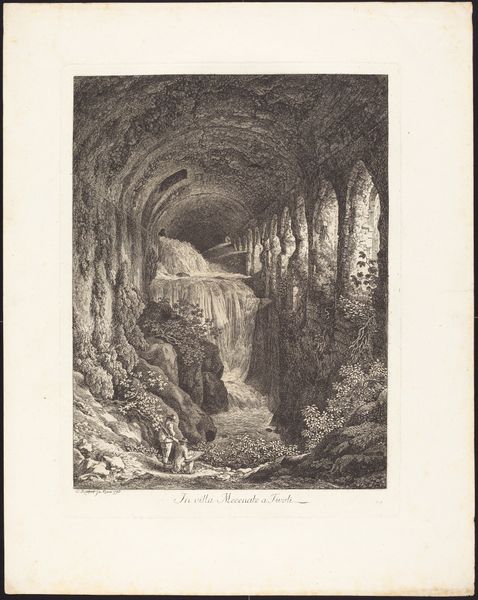
View of the Inside of the Amphitheatre of Vespasian at Rome (called the "Colosseo") 1779
0:00
0:00
drawing, print, etching, paper, ink, engraving
#
drawing
# print
#
etching
#
landscape
#
classical-realism
#
paper
#
romanesque
#
ink
#
history-painting
#
engraving
Dimensions: 402 × 525 mm
Copyright: Public Domain
Editor: Here we have Richard Cooper II's "View of the Inside of the Amphitheatre of Vespasian at Rome (called the 'Colosseo')," created in 1779, using etching and engraving. It's quite striking! There's a group of figures in the foreground that really emphasizes the Colosseum's massive scale. What symbolic weight do you think this scene might be carrying? Curator: It’s a fascinating piece. The Colosseum, even in ruins, is laden with symbolic significance. Note the procession of figures within its walls. Ruins often become powerful symbols of mortality, of time's passage, and the inevitable decline of empires. The Roman Empire was, for centuries, a dominant force; what does it say that the artist chooses to depict it in decay? Editor: So, it's about the transience of power? The fleeting nature of human achievement? Curator: Precisely! And consider the visual language. The dark, overgrown foreground gives way to the open arena, which in turn reveals the skeletal structure of the Colosseum. There’s a real tension between nature reclaiming the site and the persistent presence of human construction. Editor: I hadn't considered that interplay. The overgrowth almost feels…ominous? Curator: It’s a reminder that even the mightiest structures are vulnerable. The etching medium itself lends to the image’s symbolic effect; the lines suggest age, wear, and erosion. Does that change how you view the people shown? Editor: I guess so! If Rome is passing, so are all people, maybe? I suppose I wasn’t looking so closely at the medium or appreciating how much it contributed to the overall effect. I’ll definitely look more at artistic process from now on! Curator: Indeed. Art can be a mirror reflecting both personal and cultural memory. The Colosseum in ruins invites contemplation on these interconnected narratives.
Comments
No comments
Be the first to comment and join the conversation on the ultimate creative platform.
